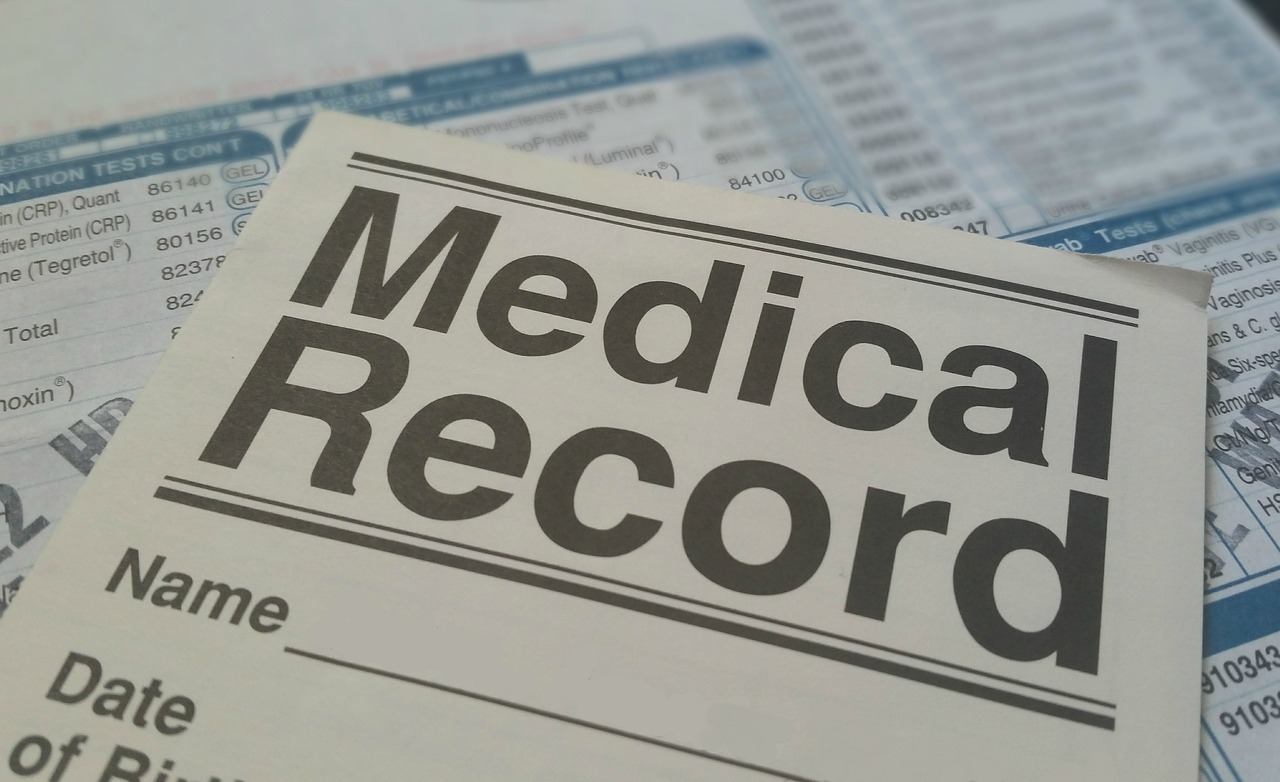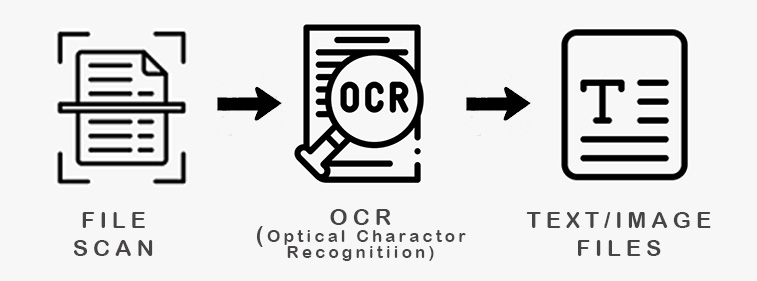Document scanning is an essential process for converting physical documents into digital format, but when dealing with sensitive information, security becomes paramount and a standard practice for legal, medical and financial businesses.
Carmel helps protect sensitive and confidential information from unauthorized use and hacking. It has became a standard business practices for legal, medial and financial businesses.
Here’s an overview of Carmel’s secure document scanning practices:
Security Measures
Secure Scanning Process
When scanning sensitive documents, it’s crucial to minimize exposure and protect the information throughout the entire process. Some key security measures include:
- Remote key entry to prevent full image exposure to operators
- Limited designations to restrict scanning to specific document areas
- Optical Character Recognition (OCR) to convert information without human intervention
- Encryption and secure passwords to protect scanned data
- Redaction to restrict access to sensitive information
Hardware Security
Carmel’s Scanners themselves have built-in security features:
- Volatile memory that deletes scanned data after transmission
- Secure boot processes to validate firmware
- User authentication at the device level
Scanning Options
On-Site Scanning
For highly sensitive documents, Carmel’s on-site scanning offers several advantages:
- Eliminates risks associated with document transportation
- Allows for close monitoring of the scanning process
- Ensures documents remain accessible throughout digitization
Off-Site Scanning Services
Carmel’s Professional scanning services can provide:
- Strict adherence to data privacy regulations
- Advanced OCR and indexing capabilities4
Best Practices
To ensure the security of sensitive document scanning:
- Use scanners that don’t store data locally
- Ensure the connected computer adheres to security policies
- Implement secure data transmission protocols (e.g., TLS encryption)
- Utilize cloud-based document management systems with multiple security layers
- Maintain a chain of custody for documents throughout the scanning process
By following these practices and utilizing secure scanning technologies, organizations can safely digitize their sensitive documents while maintaining confidentiality and compliance with data protection regulations.
GET A QUOTE FOR YOUR Sensitive/Confidential NEEDS


OCR technology enhances document scanning security in several unique ways compared to other security measures:
Automated Data Extraction
Unlike traditional security measures that focus on protecting existing digital data, OCR actively converts physical documents into secure digital formats:
- Minimizes human interaction with sensitive information, reducing the risk of data breaches through human error or misconduct
- Enables automated redaction of sensitive information without manual review
- Allows for quick digitization and encryption of paper documents, reducing physical security risks
Enhanced Searchability and Analysis
OCR provides security benefits through improved data accessibility and analysis capabilities:
- Enables rapid searching of document contents to identify potential security threats or compliance issues
- Facilitates automated monitoring of large document volumes for suspicious patterns or anomalies
- Improves auditing and compliance by making document contents easily searchable
Fraud Detection
OCR offers unique fraud detection capabilities compared to other security measures:
- Can automatically scan and compare documents to detect signs of tampering or forgery
- Enables real-time analysis of document contents to flag potential fraudulent activity
- Reduces human error in fraud detection through automation
Integration with Other Security Systems
OCR complements and enhances other security measures:
- Can be integrated with email security systems to detect phishing attempts in scanned attachments
- Enables secure digitization that can then leverage encryption, access controls, and other digital security measures
- Facilitates compliance with data protection regulations through improved document management



